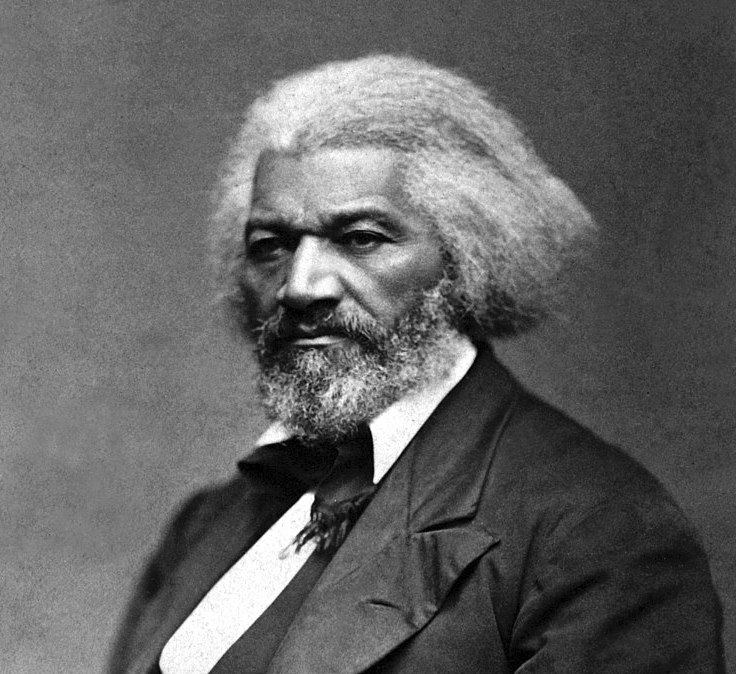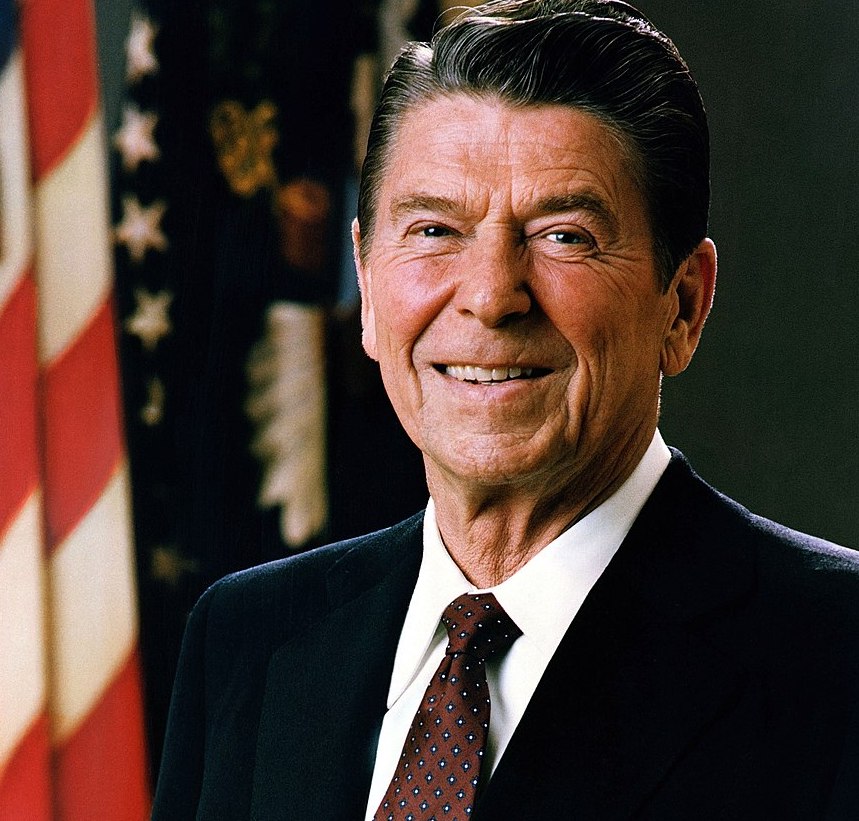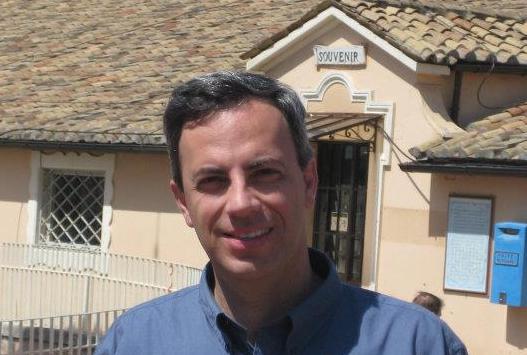
The Law of Connection is the 10th law of The 21 Irrefutable Laws of Leadership by John Maxwell.
“Leaders touch a heart before they ask for a hand.”
The Heart Comes First
“Effective leaders know that you first have to touch people’s hearts before you ask them for a hand. That is the law of connection. All great communicators recognize this truth and act on it almost instinctively. You can’t move people to action unless you first move them with emotion. the heart comes before the head. “— John C. Maxwell

A great example of this was the outstanding orator and African-American leader of the nineteenth century Frederick Douglass. Historian Lerone Bennett said of Douglass, “He could make people laugh at a slave owner preaching the duties of Christian obedience; could make them see the humiliation of a Black maiden ravished by a brutal slave owner; could make them hear the sobs of a mother separated from her child. Through him, people could cry, curse, and feel; through him they could live slavery.”
Public and Private Connection
“Connecting with people isn’t something that needs to happen only when a leader is communicating to groups of people. It needs to happen with individuals. The stronger the relationship and connection between individuals, the more likely the follower will want to help the leader”
“People don’t care how much you know until they know how much you care,” — John C. Maxwell

The greatest leaders are able to connect on both levels: with individuals and with an audience. A perfect example was Ronald Reagan. His ability to develop rapport with an audience is reflected in the nickname he received as president: the Great Communicator. But he also had the ability to touch the hearts of the individuals close to him.
Connect With People One at a Time
“A key to connecting with others is recognizing that even in a group, you have to relate to people as individuals. General Norman Schwarzkopf remarked, “I have seen competent leaders who stood in front of a platoon and all they saw was a platoon. but great leaders stand in front of a platoon and see it as 44 individuals, each of whom has aspirations, each of whom wants to live, each of whom wants to do good.” — John C. Maxwell
It’s the Leader’s Job
“Some leaders have problems with the law of connection is because they believe that connecting is the responsibility of followers. That is especially true of positional leaders. They often think, I’m the boss. I have the position. These are my employees. Let them come to me. But successful leaders who obey the law of connection are always initiators. They take the first step with others and then make the effort to continue building relationships. That’s not always easy, but if it’s important to the success of the organization, a leader has to do it anyway, no matter how many obstacles there might be.” — John C. Maxwell
The Tougher the Challenge, the Greater the Connection
“Never underestimate the power of building relationships with people before asking them to follow you. If you’ve ever studied the lives of notable military commanders, you have probably noticed that the best ones practiced the law of connection. I once read that during World War I in France, General Douglas MacArthur told a battalion commander before a daring charge, “Major, when the signal comes to go over the top, I want you to go first, before your men. If you do, they’ll follow.” Then MacArthur removed the distinguished service cross from his uniform and pinned it on the major. He had, in effect, awarded him for heroism before asking him to exhibit it. And of course, the major led his men, they followed him over the top, and they achieved their objective.” –— John C. Maxwell

The Result of Connection
“When a leader has done the work to connect with his people, you can see it in the way the organization functions. Among employees there are incredible loyalty and a strong work ethic. The vision of the leader becomes the aspiration of the people. the impact is incredible.” — John C. Maxwell
President George W. Bush and 9/11

On September 11, 2001, millions of Americans became glued to their televisions, watching in horror as hijacked planes attacked the World Trade Center and the Pentagon. They were in shock, angry, and uncertain about the future.
A few days after the attack, President Bush went to Ground Zero where he spent time with the police officers and the rescue workers. He shook hands, thanked the rescuer, and listened to their concerns. He connected with them and the American people.
When some people in the crowd shouted that they couldn’t hear him, Bush answered:
“I can hear you. The rest of the world hears you. And the people who knocked these buildings down will hear all of us soon.”
In that extremely challenging situation, President George W. Bush was able to connect with the American people and that became his best legacy as a US President.
“There’s an old saying: To lead yourself, use your head; to lead others, use your heart. That’s the nature of the Law of Connection. Always touch a person’s heart before you ask him for a hand.” –— John C. Maxwell
The 21 Irrefutable Laws of Leadership by John C. Maxwell
The book is divided in 21 main chapters, one for each of the 21 leadership laws. Below are the links to the individual chapters.
- THE LAW OF THE LID
- THE LAW OF INFLUENCE
- THE LAW OF PROCESS
- THE LAW OF NAVIGATION
- THE LAW OF E.F.HUTTON
- THE LAW OF SOLID GROUND
- THE LAW OF RESPECT
- THE LAW OF INTUITION
- THE LAW OF MAGNETISM
- THE LAW OF CONNECTION
- THE LAW OF THE INNER CIRCLE
- THE LAW OF EMPOWERMENT
- THE LAW OF THE PICTURE
- THE LAW OF BUY-IN
- THE LAW OF VICTORY
- THE LAW OF THE BIG MO
- THE LAW OF PRIORITIES
- THE LAW OF SACRIFICE
- THE LAW OF TIMING
- THE LAW OF EXPLOSIVE GROWTH
- THE LAW OF LEGACY
ON AMAZON: The 21 Irrefutable Laws of Leadership

Trackbacks/Pingbacks